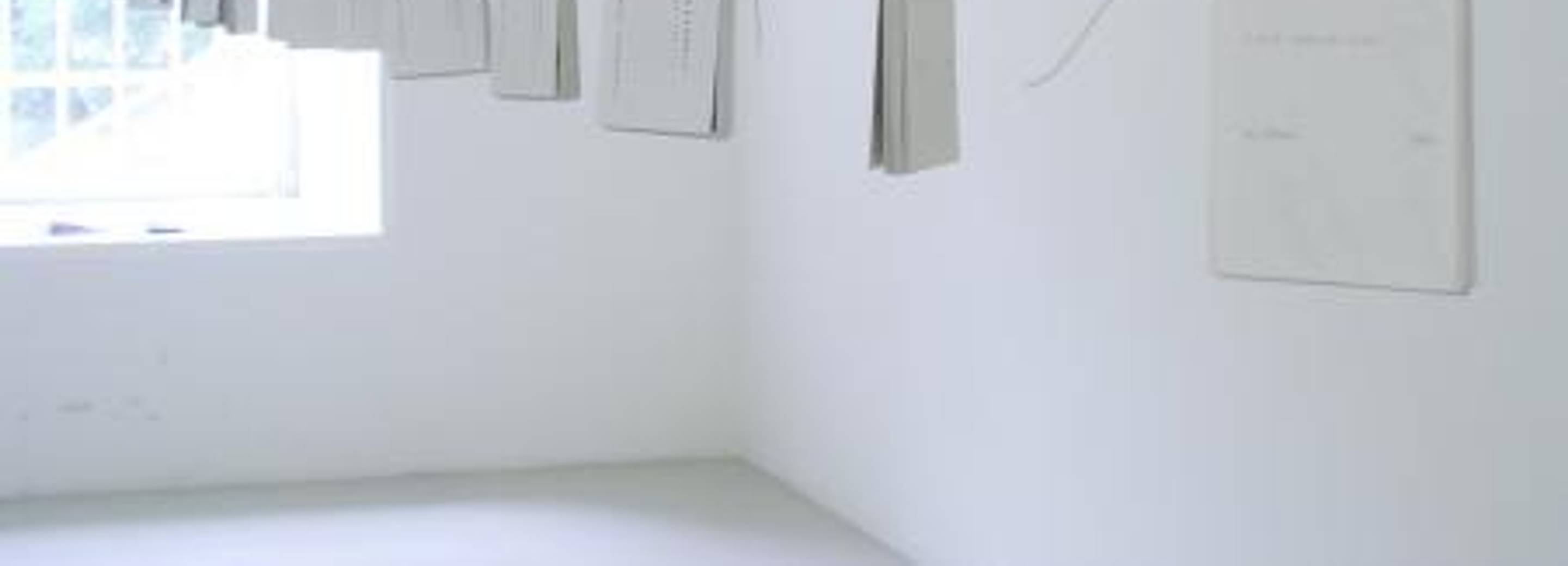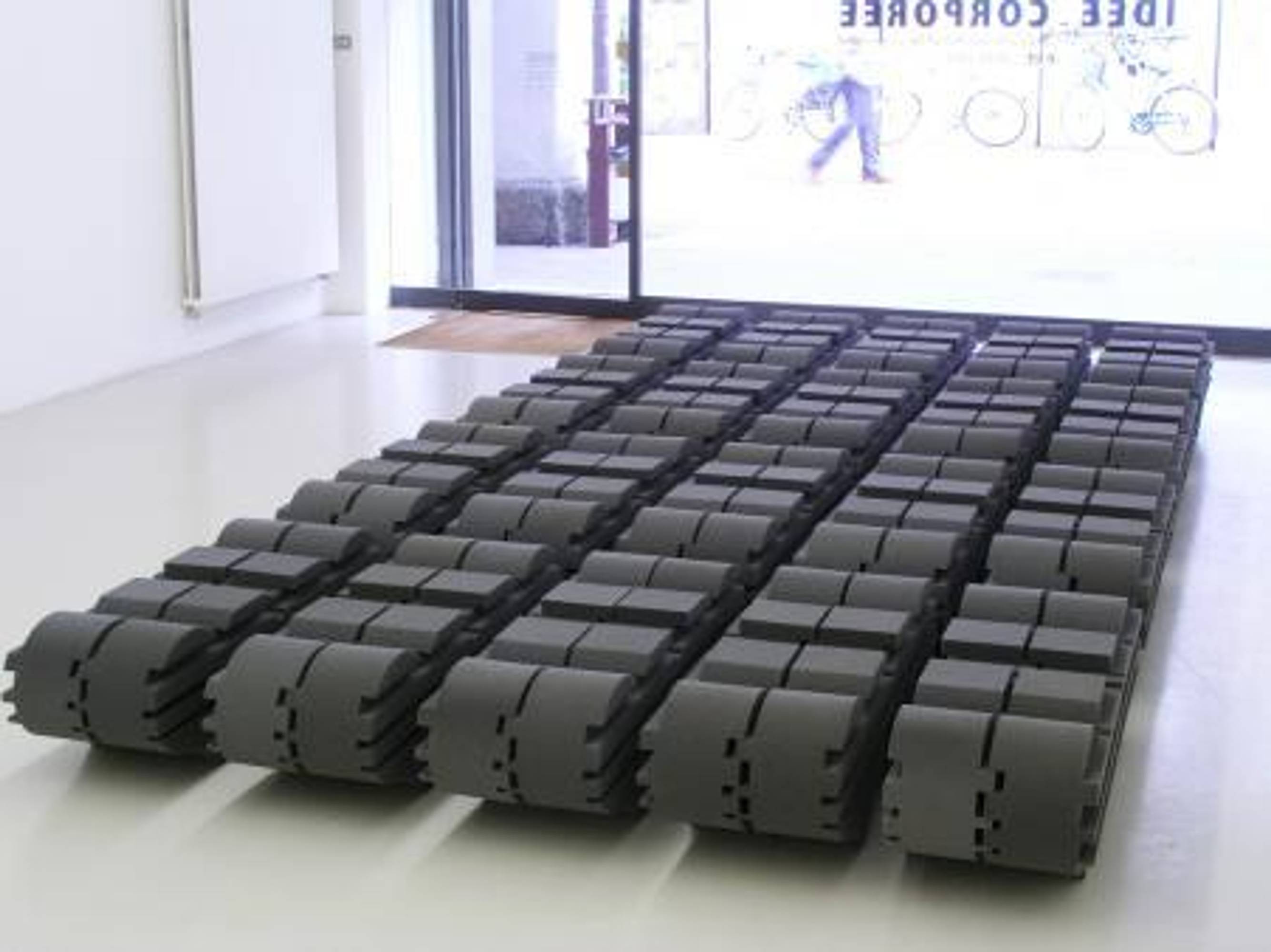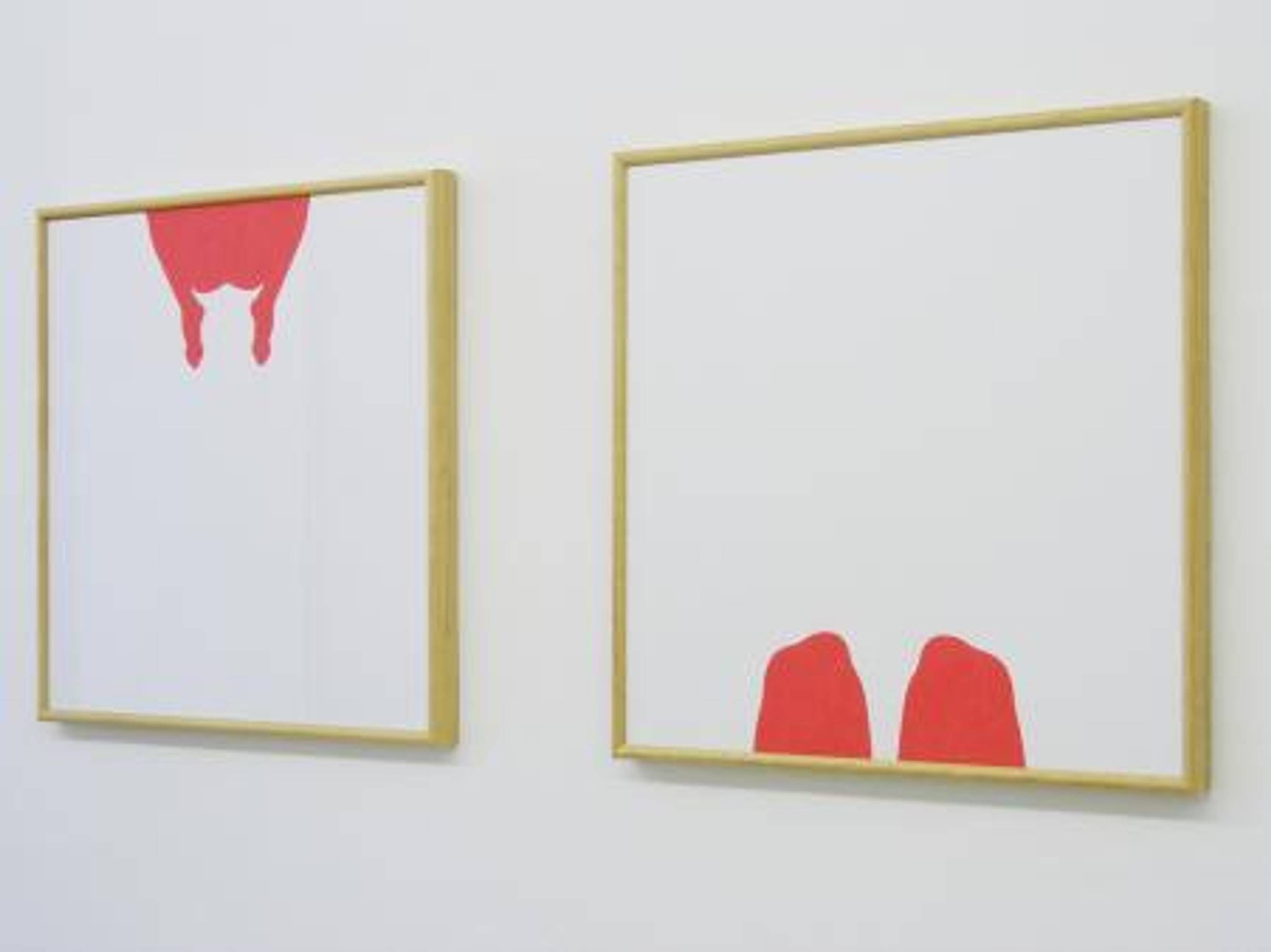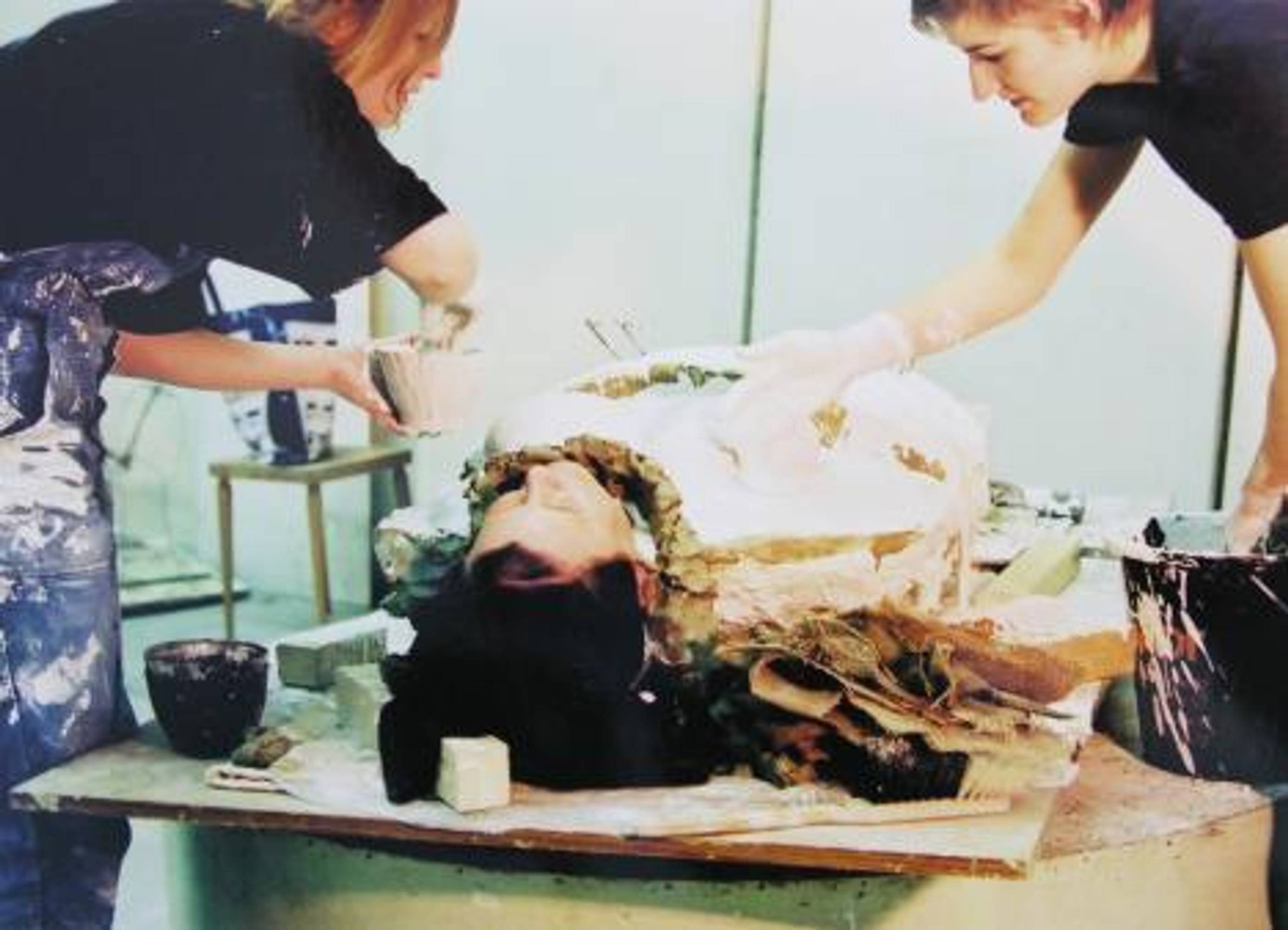IDEE CORPOREE
Urban Grünfelder, Anna Maria Innerhofer, Markus Delago
Curated by Sabine Gamper
On the occasion of the Mostra Panorama (Panorama Exhibition) in the old post office building, the ArGe Kunst Galleria Museo is pleased to introduce the work of three South Tyrolean artists: Anna Maria Innerhofer, Urban Grünfelder and Markus Delago. This exhibition wishes to approach a subject that in the 20th century has provoked artistic controversy and lead to discussion between the sexes: the interest in the human body, the attempt to express outwards, through the corporeal surface, a psychic and social reality, the analysis of the meanings of image and representation. In a broader sense, the debate on the work of art as representation of the body. In the course of the history of art, the structural tie between human body and image has generated much discussion, leading, from the 60’s onwards, to a great variety of results and shapes, up to the dissolution or destruction of the image as symbolic action representing the destruction of the body.
All three artists who exhibit here approach these subjects, even though each approach is visibly different. “Corporeal ideas” means, on the one hand, the representation of the body in itself, while on the other hand, the representation of what is behind the surface, that is the psychic and social reality, expressed by the body itself. This is exactly what the three artists are concerned about: the relationship between visible and invisible, body and ideas, representation and imagination.
Urban Grünfelder depicts images of human beings in their physical and psychic dimension. He exhibits a triptych in oil on linen canvas and five drawings. The images show people, or more exactly, what we can define as their “logo”, the symbol or metaphor of man, namely abstract contours, with no face, unrecognisable, without any features that determine sex. Bodies are reduced and concentrated to mere colour. The artist meticulously avoids gestures and “personal” characteristics. Urban Grünfelder’s men are striking because of their simple complexity, their shapes, colours and essential surfaces, through which he confines the bodies in a two-dimensional level. The search for essentiality is expressed by reduction. Anna Maria Innerhofer, in a way, moves in the opposite direction. The title of her work, “Die Fremde” (Foreigners), represents distance that, nevertheless, vanishes in her work of art, expressing exactly the contrary. Indeed, the artist allows the observer to come close to her and her corporeal experience, and to deeply understand her radical creative act. The work exhibited in the Galleria Museo is the photographic documentation of “Die Fremde”, a wax mould of the artist’s body, in its realisation phases. Anna Maria Innerhofer depicts the split between perception and perceived, the search for the “Self” within the boundary of the body. The question about the perception of the body is indissolubly tied to the question about the perception of the Self. Markus Delago expresses his relationship with the body through shapes and materials, which he seeks and finds in Nature and then transforms into superior objects that are both generic and personal. He does not find the shapes for his sculptures in his experience but in natural phenomena, such as snow crystals and rock formations. The materials he uses are artificial derivatives produced by man, such as polyurethane foam or silicone, which on the one hand represent distance and imperfection, and on the other, bear witness to their natural origin. Man and his social reality play a role that must not be underestimated: in the artist’s imagination, the shapes of nature become the representation of human beings, of the individual and his relationship in society. In this sense, Delago’s works are border lines of imperfection or representations of the distance between one and the other, describing the space between artificial/dead identity and natural/living identity.



